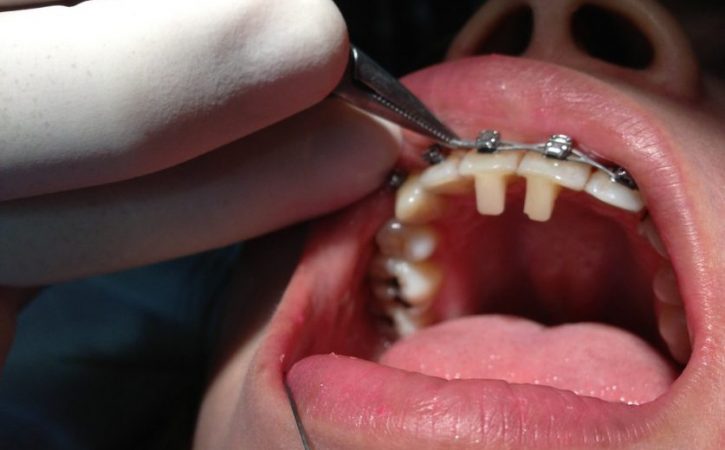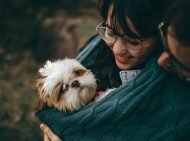
What Are Bite Turbos, And Why Do We Need Them?
Miami orthodontist specialist will typically wrap metal bands around your back teeth, with a connecting wire running through brackets on each tooth. These braces work together to shift your teeth into a better position. In some circumstances, you may require additional help to attain satisfactory results. Bite blocks, sometimes known as ramps or turbos, are a supplement that can aid in your treatment.
Dentists use bite turbos to keep your upper and lower teeth from touching one other while biting, preventing bracket fracture. Bite blocks are little devices attached to your front or back teeth by an orthodontist to prevent or protect your upper and lower teeth from contacting each other when you bite down. Metal, glass, Ionomer cement, or acrylic are the most common materials. They can be pink, blue, red, silver, or tooth-colored.
In rare situations, bite blocks can even be spring-load on the tongue side of your front teeth. The orthodontics Aventura occasionally uses L-shaped or triangular bite blocks. In contrast, sometimes, they use flat or mounded bite blocks on the upper surface of your back molars.
Does Bite Turbos Cause Pain?
For a while, your teeth will not fit in the back of your mouth, making eating difficult. Bite turbos will feel strange and possibly weird against your tongue. According to braces Miami Florida, the biting turbos usually take 7-14 days to become completely comfortable. Finally, You can wear bite turbos for 6-12 months, depending on your specific situation.
How effectively do bite turbos work?
In today’s world, there’s a lot of debate about the effectiveness of bite turbos. Back in those days, the material they used to make them was one of the biggest concerns regarding wearing bite turbos. Back then, orthodontist Hollywood experts used softer acrylic materials. Still, the fabric turned more fragile and not so effective over time. Yet, when mental bite turbos appeared in the market, they showed a more significant effect than the traditional bite plates.
In reality, patients have praised the use of metal bite ramps for various reasons. Bite turbos made of metal are more durable and less prone to wear. They are also more durable, hygienic, and easier to keep clean. Finally, they’re simple to set up and don’t require any long-term changes.
What are the consequences or risks of wearing bite turbos?
Let’s talk about the negative consequences. Bite turbos, like any other dental device, sometimes cause problems. Because your teeth only touch where your bite plates are, the effort you apply to chew happens in specific regions. The dentist for braces near me explains that bite blocks may create additional discomfort. It also creates speech difficulties, such as lisping, which is one of the potential drawbacks of wearing biting ramps.
Simultaneously, several patients reported experiencing specific teeth vibrations when wearing their biting ramps. Furthermore, many patients have difficulty adjusting to their bite ramps, particularly during eating. Even so, it’s comforting to know that these adverse effects are only temporary and will pass in less than a week.
Conclusion
We learned some valuable and informative things regarding bite turbos from the above-given information. The above article highlights the essential factors and aspects of wearing bite turbos and their risks. For a deeper dive into bite turbos, please visit ivanovortho.com.
- SHARES






